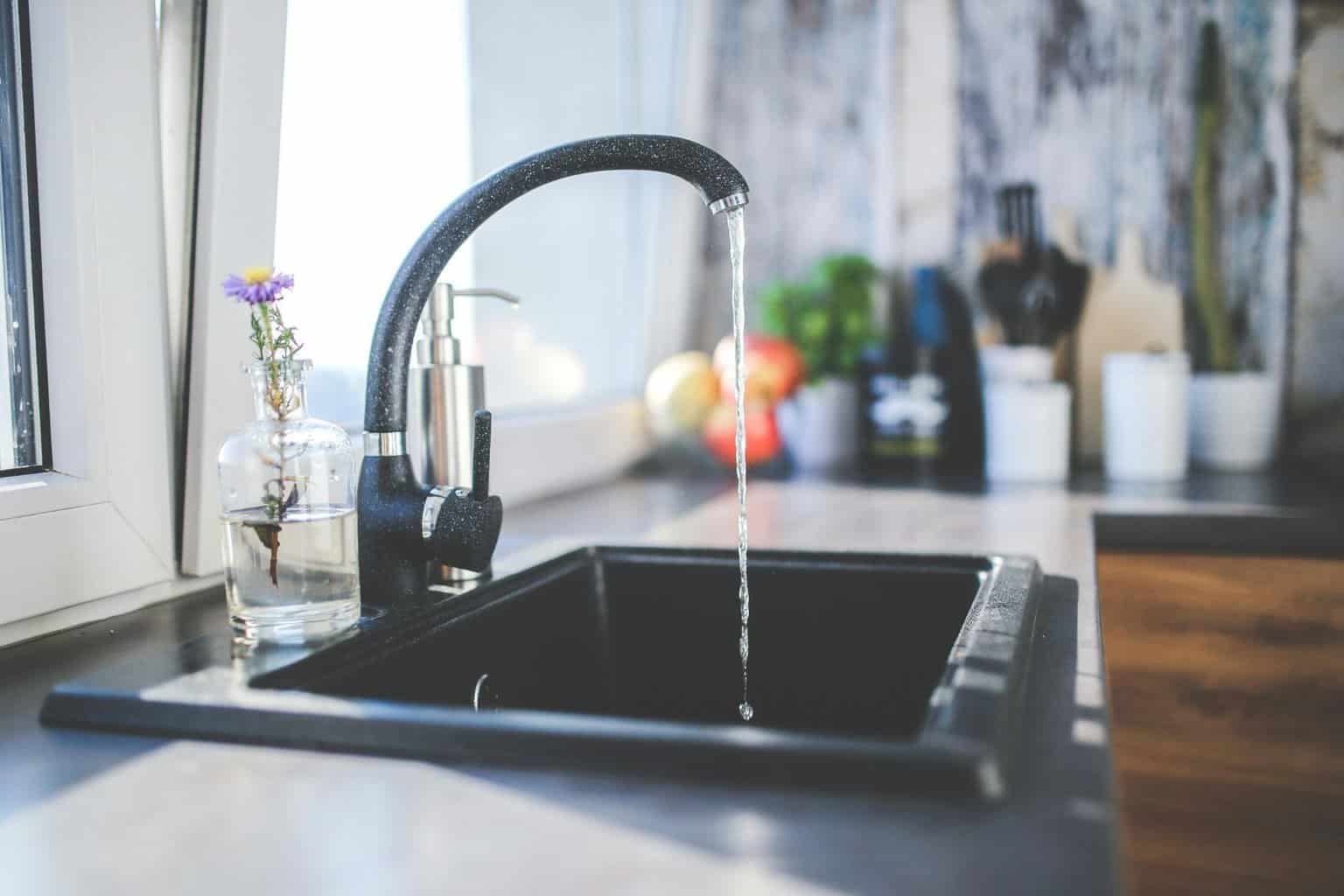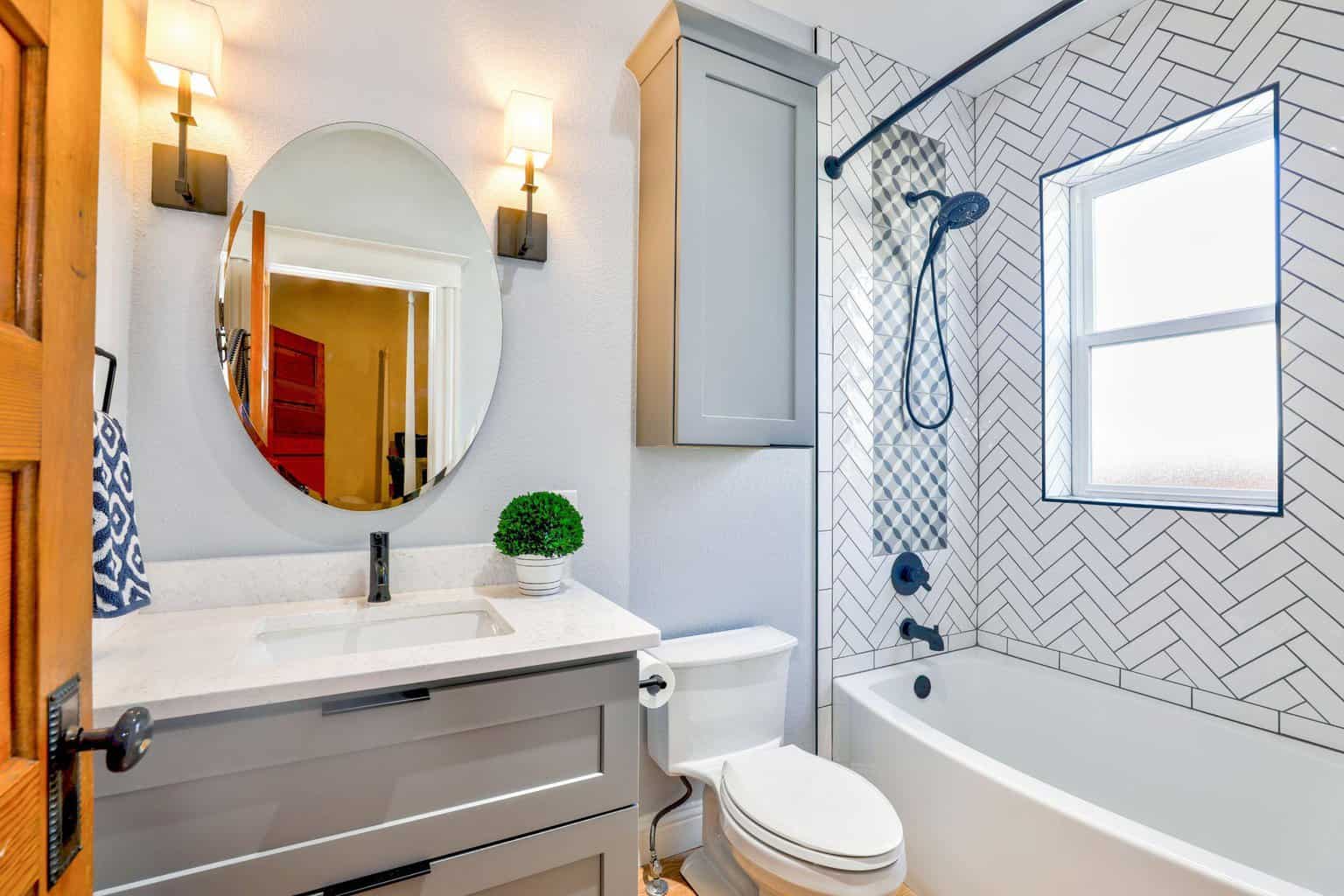Plumbing fixtures are an integral component of any kitchen or bathroom renovation project, so selecting fixtures that combine function and design aesthetic is of great importance.
Plumbing fixtures are interchangeable devices that connect to a pipe system to deliver and drain away waste water and contaminants. Common types of plumbing fixtures include toilets, sinks, bathtubs and showers.
Functionality
Contents [show]
Plumbing fixtures play a critical role in providing water access and wastewater removal.
Plumbing fixtures come in various forms – faucets, sinks, toilets, tubs and showers are among them – with their individual purposes in mind. Under the American with Disabilities Act (ADA), certain fixtures must also be accessible for people living with disabilities. You can click the link: https://www.ada.gov/ to learn more.
Plumbing fixture materials must withstand constant exposure to water. Porcelain, stainless steel and cast iron are popular choices as long-lasting fixtures made of these materials.
Most fixtures feature drains that transport waste water away from homes or businesses to their respective sewer systems or septic tanks and drain traps that hold back some water as a seal against sewer gases entering. It is important to regularly maintain these traps to keep them watertight.
Faucets, sinks and bathtubs come in various styles and sizes to accommodate individual preferences and budgetary restrictions. Faucets that control the flow of water to these fixtures come with different finishes that range from ornate traditional to sleek modern; shower heads and tub fillers can also be customized to coordinate with overall kitchen or bathroom designs, providing another dimension and setting an atmosphere with their color, texture or installation type.
Style
Available in a range of styles, finishes, colors and textures suited for any aesthetic theme, these pieces make picking out fixtures easy while taking into account factors like quality, durability and functionality when selecting them for your home. Using a guide to plumbing fixtures can help you decide on the options that will work best for your space. Although it may take some time to find the perfect fit for your space, it will be worth it in the end.
Sinks, faucets, toilets, bathtubs and showers are among the many types of plumbing fixtures available today, each designed to complement different interior styles from ornate traditional to sleek contemporary.
Your selection will depend heavily on how it will be used; for instance, opting for one with an efficient flushing mechanism could significantly cut back water consumption.
Other plumbing fixtures include bidets, drinking fountains, laundry trays and garbage disposals – some of these are typically seen in public restrooms but are also available for installation in residential properties. Depending on the number of fixtures installed in your home will dictate its pipe system size – IS codes and standards offers tables and formulas to assist in this regard. You can visit this site to learn more about codes and standards.
Water-saving devices such as low-flow faucets and showerheads can help lower utility costs, plus are simple to maintain over the years.
Water Efficiency
As plumbing fixtures are exposed to water on an ongoing basis, they must be made of long-lasting materials that resist corrosion and erosion, such as porcelain, stainless steel, bronze and copper. Many fixtures also feature special coatings to shield them against rust damage.
Many fixtures feature special features to allow them to be shut off quickly and easily during an emergency, for instance toilets often include a flush handle with an emergency flush button that can quickly stop water flow; bathtubs typically include drain plugs that can be closed off quickly as well as shower heads and nozzles that can be switched off quickly.
Additionally, grab rails and walk-in bathtubs provide easy access and enhanced functionality features that enhance these solutions further.
Selection
When purchasing these devices for your home, it is important to keep these factors in mind:
- Quality and durability: Selecting high-quality, long-lasting fixtures are essential to avoiding leaks or other problems in the future. Selecting fixtures made from trusted brands will also ensure a long service life.
- Compatibility: Before installing new fixtures, it is crucial that they are compatible with the existing pipe system. This involves verifying pipe sizes, connections and water pressure requirements before proceeding with installation. A professional can help you make these determinations.
- Flow Rate: To ensure optimal results from these devices, their flow rates must suit their intended use. Unsuitably fast or slow flow rates may cause discomfort, inefficiency and costly repairs if they go beyond what’s necessary.
- Installation: When it comes to installation, it is vitally important that the manufacturer’s instructions are strictly abided by. This will help guarantee a proper and defect-free installation.
- Maintenance: Preserving plumbing fixtures by regularly maintaining them with care can extend their lifespan and preserve functionality. This should include routinely inspecting faucet aerators and wands for sediment build-up that restricts water flow or causes clogs. Furthermore, it’s crucial that any leaks be fixed immediately as this saves both money and water usage.

